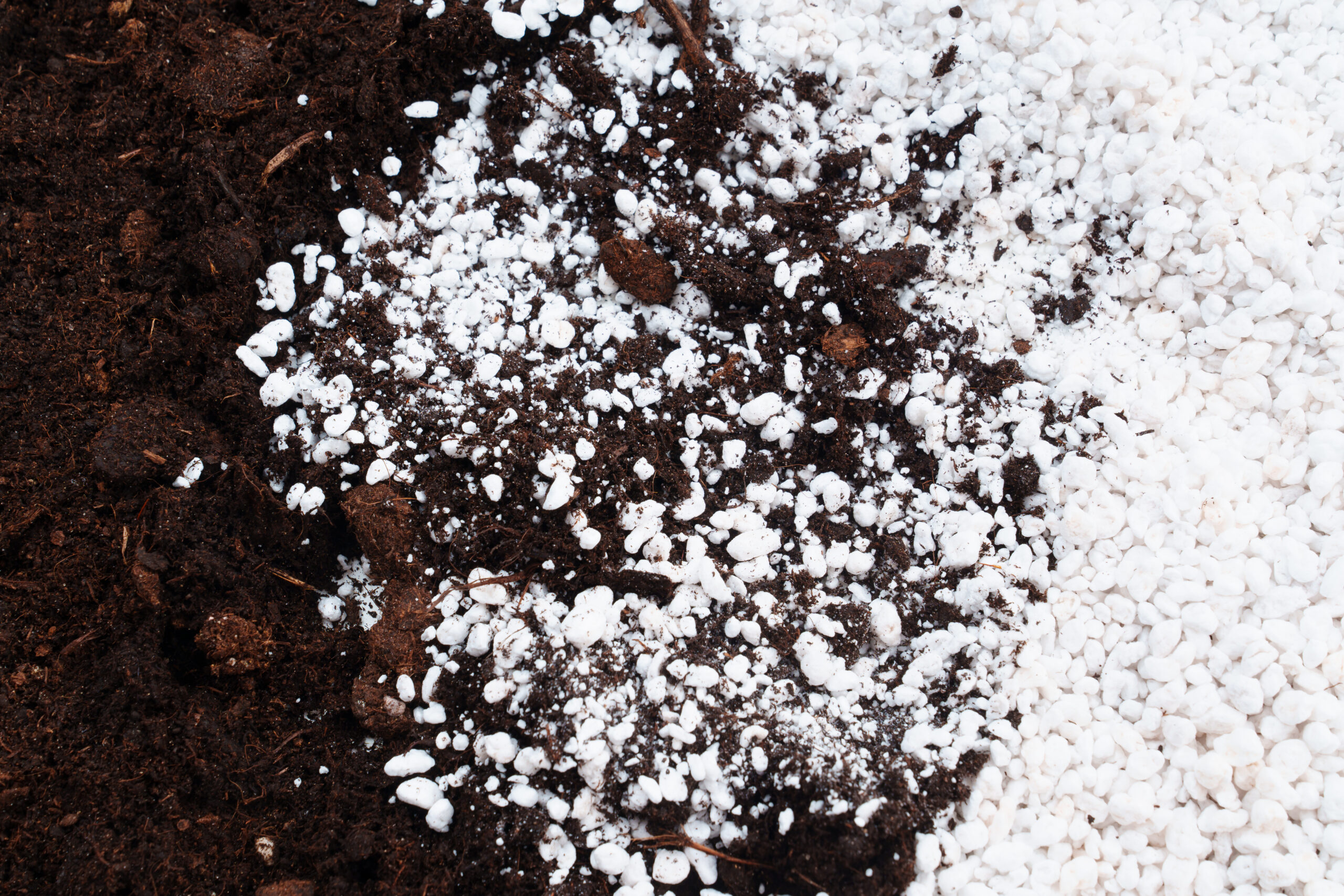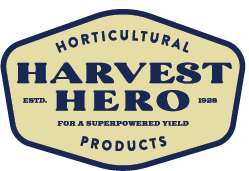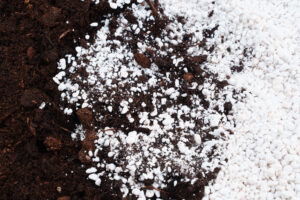The Best Way to Prepare Soil for Planting

All it takes is a trip to the local nursery to see there are many options when it comes to fertilizing your plants. There are also many factors to consider to determine which method and product is best for preparing your soil for planting. When in doubt, you can turn to evidence-based fertilizing techniques such as what’s outlined below by John G. Seeley, Professor of Floriculture at Cornell University.
Soil Preparation for the Garden
In order to help yield the freshest flowers and produce from your garden, you should first focus on preparing the soil for optimal growth. Keep these tips in mind before planting the first seed:
- Avoid planting in low areas. Water is more likely to pool and keep the soil too wet and soggy.
- Improve drainage. Plants prefer well-drained soil, so make sure there’s no compaction or excess runoff.
- Test the soil and modify if needed. Most gardeners have to work with the soil already on the property. You can test it to determine the pH level and adjust according to the results. A pH of 7.0 is considered neutral, and plants grow best in soils with a pH between 6.0 and 6.8—anything above neutral is considered alkaline.
There are products you can add to the soil in order to adjust the acidity or alkalinity. The type of product and timing of application depends on the results of your soil test.
Improving Your Soil
Once you know what your soil needs to balance pH levels, you can find the right product and process to help improve the structure and drainage. Here are a few natural solutions to address common soil conditions..
- Soil additives. Whether you have heavy clay soil or light sandy soil, adding organic matter helps retain moisture and nutrients. Examples of organic matter included peat moss, compost, wood chips, and sawdust.
- Low pH. If you’ve conducted a soil test and found anything below 6.0, add limestone to the soil in order to increase pH to a more balanced level.
- High pH. If the soil is too alkaline, you can add products with iron sulfate or sulfur to decrease the levels.
- Fertilizer. Many fertilizers are formulated with different levels of nitrogen, phosphorus, and potassium. The label outlines how much of each ingredient it contains. This helps you determine which fertilizer is needed in your specific circumstance.
Once you’ve determined the type of soil you have, the pH level, and which type of fertilizer to use, you’re on your way to preparing your soil for optimal plant growth.
Soil Guidelines for Garden Design
The condition of your current garden and the types of plants your wish to grow are two important factors for how to prepare the soil. For instance:
- New gardens. If an area doesn’t currently have plants or needs to be rehabilitated, more organic matter should be spread throughout the soil.
- Vegetable gardens. Add organic matter by planting oats or annual ryegrass seeds in late summer or early fall, then plow in the spring.
- Established flower gardens. Mulch plants in the fall with leaf compost.
For any of these gardens, fertilize in the spring after the plants have started to grow and again about a month later. Make sure the fertilizer is lightly scratched into the soil without damaging the roots. It shouldn’t touch the plant or it could cause leaf injury.
Using Perlite to Improve Soil
No matter what type of garden you’re growing, there’s another option for easily improving your soil. Horticultural perlite is a soil conditioner that provides a number of important benefits including:
- Lightweight. Makes it easier to handle and store.
- Improves drainage. Perlite helps break up compacted areas and has a high volume capacity to keep the soil aerated.
- Retains water. The extra pocket inside an expanded perlite ore absorbs water, helping keep roots moist while preventing over-watering.
- Long shelf life. Because perlite is inorganic, it doesn’t break down, mold, or attract pests.
- No other additives needed. Horticultural perlite is free of organic contaminants, helping negate the need for some additional chemicals.
- Neutral pH. This means you don’t have to use other products to balance the pH of your soil.
You can use perlite during any stage of plant development. Whether you have seed starters indoors or a raised garden bed with established plants outside, perlite can improve the conditions of soil to support healthy plant growth.
Harvest Hero offers an Enhanced Perlite Soil Mix that supplements any plant or garden. This 3-in-1 formula combines horticultural perlite with essential nutrients and diatomaceous earth to help increase nutrient uptake, and provides a strong, abiotic stress-resistant foundation for your plants to thrive. Add the mix to your soil and see the difference it makes in your garden. Strong plants are the only evidence you need for witnessing the wonders of fertilizing and properly preparing the soil.



